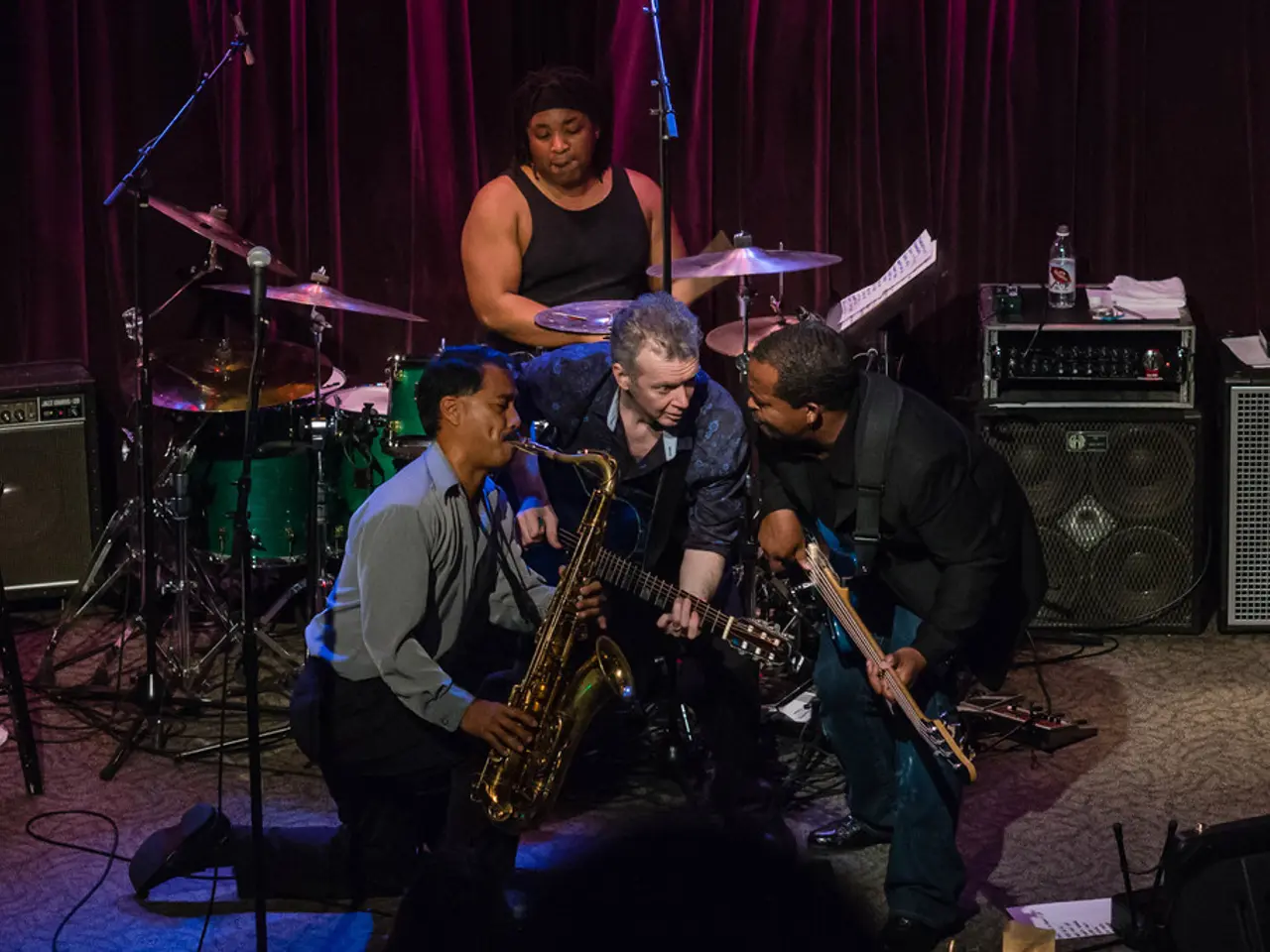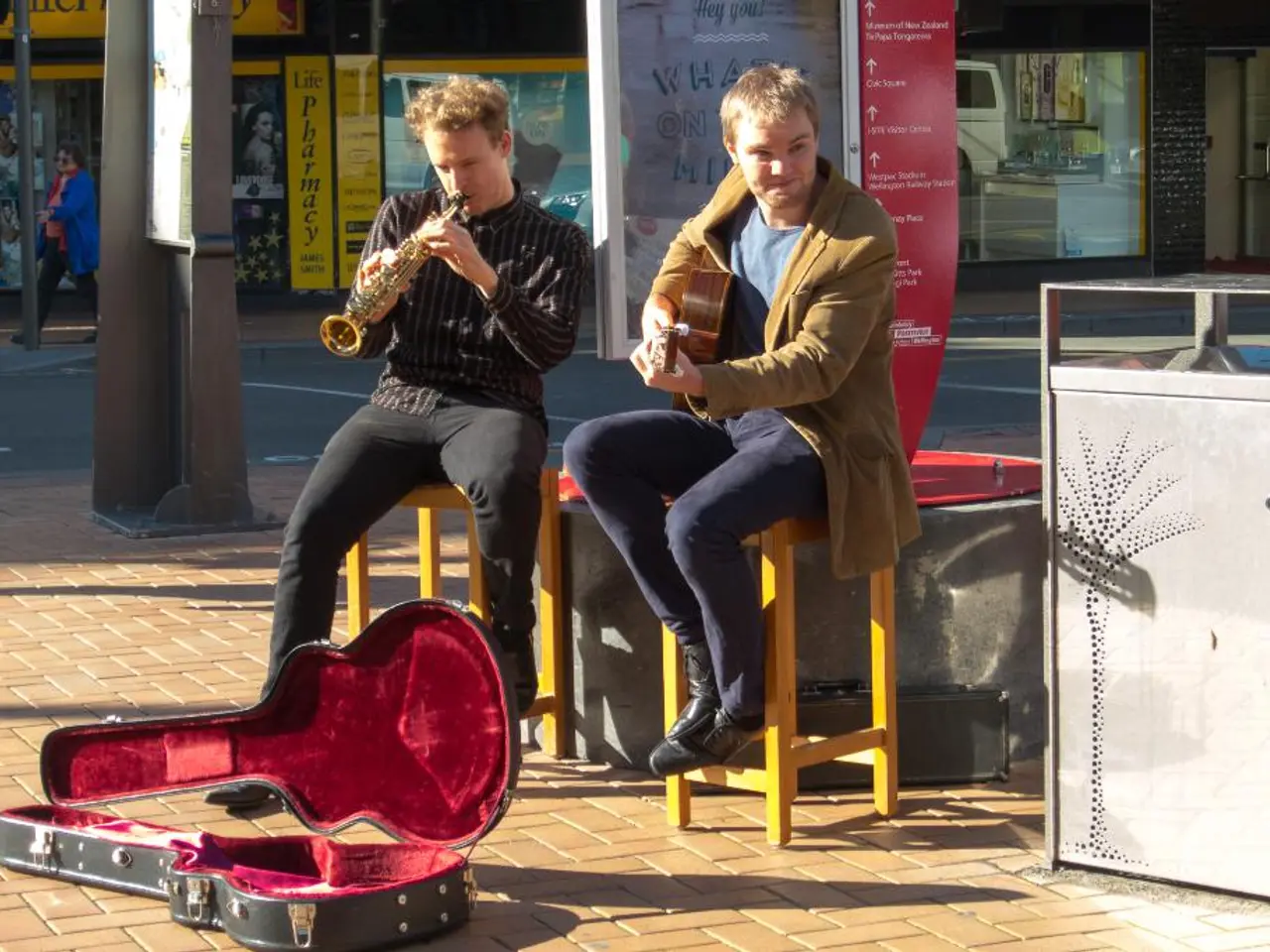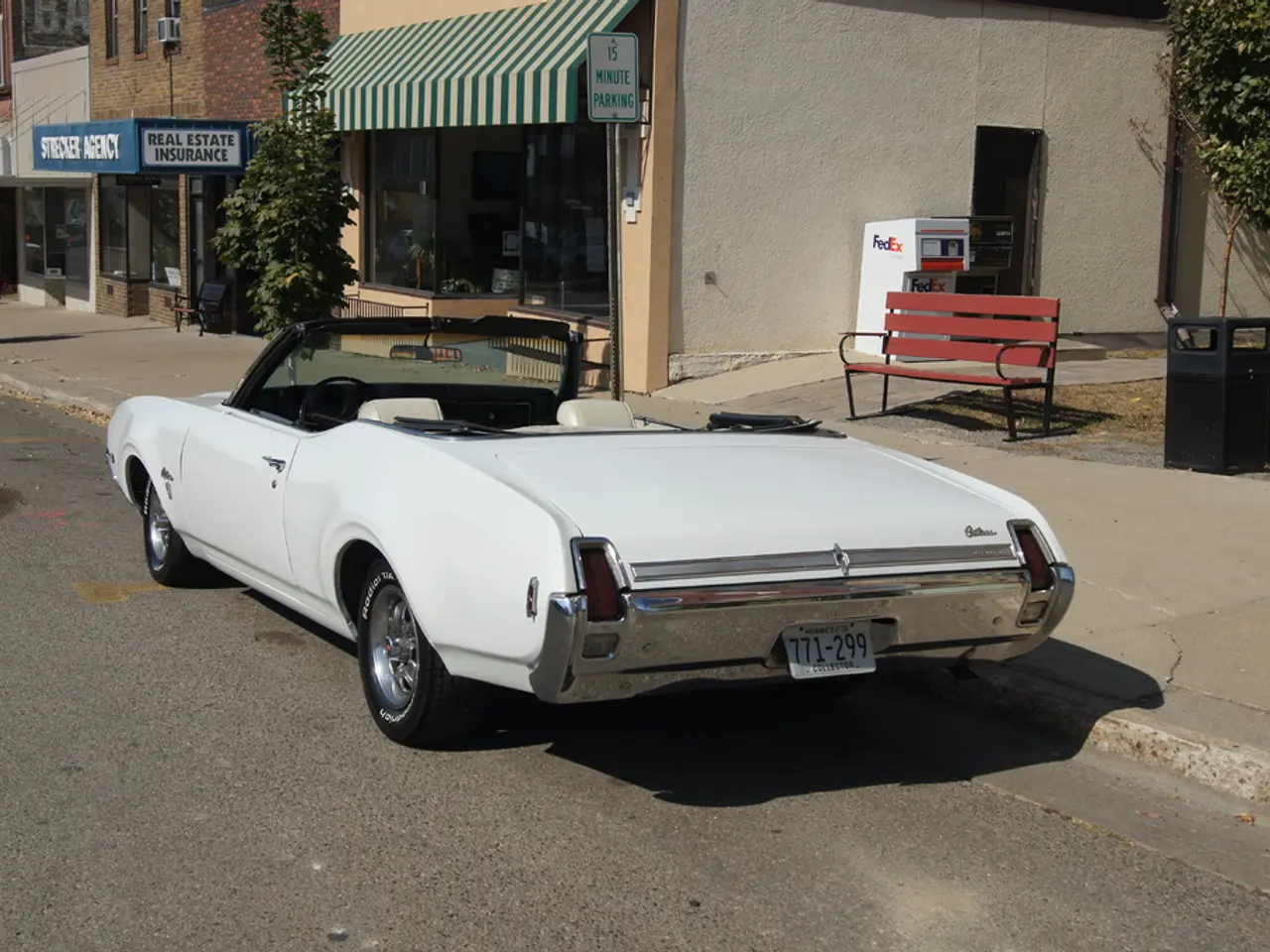Enhancing Reverb Time Adjustments: Preventing Muddy Sounds and Achieving Optimal Clarity
### Title: Mastering Reverb Time in Music Production: A Guide for Producers
Reverb time, often measured as RT60 (the time it takes for the reverb to decay by 60 dB), plays a significant role in shaping the soundscape of a music production. This article will explore how reverb time influences the clarity, groove, and overall ambience of a mix, and provide practical tips for achieving the desired sound.
### The Connection Between BPM, Time Signature, and Reverb Time
While there is no universal formula for reverb time based on BPM and time signature, understanding these elements can help create a cohesive and musically pleasing mix.
#### Tempo (BPM) Considerations
Fast-paced music, such as pop, rock, or techno, benefits from shorter reverb times (0.5–1.2 seconds) to maintain clarity and prevent a muddy mix. In contrast, slower genres like ambient, orchestral, or cinematic music may require longer reverb times (2–4 seconds or more) to create a sense of spaciousness. A general guideline is that shorter tracks (higher BPM) typically benefit from shorter reverb times, while slower tracks can tolerate—and often need—longer ones.
#### Time Signature Considerations
The length of a measure (bar) in seconds can be calculated using the formula:
\[ \text{Bar Length (seconds)} = \frac{60}{\text{BPM}} \times \text{Beats per Bar} \]
For instance, in a 4/4, 120 BPM track, the bar length is 2 seconds. Some engineers set the reverb decay to a musical subdivision (e.g., 1/8th, 1/4, or 1 bar) to ensure the tail of the reverb fits rhythmically within the track.
### Practical Best Practices
#### Align RT60 with the Mood
Match the reverb time to the emotional intent—tight and punchy for upbeat tracks, long and lush for cinematic or ambient work.
#### Sync to Musical Time
Calculate the duration of a bar or a rhythmic subdivision and set the reverb time accordingly for a natural, musical decay.
#### Adjust for Density
In dense mixes, shorten the reverb to avoid clutter; in sparse arrangements, longer reverb can enhance space.
#### Pre-Delay
Use pre-delay to separate the dry signal from the onset of reverb, improving clarity and preventing the reverb from smearing the initial attack.
#### Test and Adjust
Always listen in context. The "best" reverb time is the one that serves the song, not just a mathematical calculation.
### Example Calculation
For a 90 BPM, 4/4 track, the bar length is 2.67 seconds. Consider setting the reverb time to 2.67 seconds (one bar), or a subdivision (e.g., 1.33 seconds for half a bar).
### Conclusion
To create a balanced and engaging mix, calculate the bar length based on BPM and time signature, and use this as a starting point for setting reverb time. Adjust shorter for clarity and groove in fast music, and longer for atmosphere in slow music, always listening in context to ensure the reverb supports—not obscures—the musical intent.
Through the use of tools like pre-delay calculators, delay calculators, and DAW plugins, producers can fine-tune their reverb settings to create the desired sound, whether it's a tight, intimate mix or a spacious, echo-filled atmosphere. Experimentation with different impulse responses, delay times, and modulation can lead to various sonic textures, adding depth and character to your productions.
- In music production, the reverb time can significantly influence the clarity, groove, and overall ambience of a mix, making it an essential aspect to consider during the mixing process.
- Fast-paced music genres like pop, rock, or techno typically benefit from shorter reverb times, while slower genres such as ambient, orchestral, or cinematic music may require longer reverb times to create a sense of spaciousness.
- When working on music production, it's beneficial to understand the relationship between tempo (BPM), time signature, and reverb time, as they can help create a cohesive and musically pleasing mix.
- In the studio, adjusting the pre-delay can help separate the dry signal from the onset of reverb, improving the mix's clarity and preventing the reverb from blurring the initial attack.
- To achieve the desired sound in a music production, one can experiment with different impulse responses, delay times, and modulation using tools such as pre-delay calculators, delay calculators, and DAW plugins, leading to various sonic textures and adding depth and character to the production.




